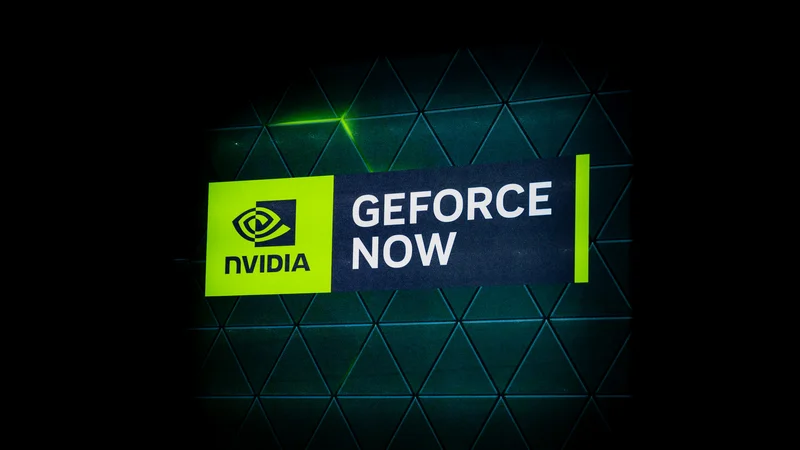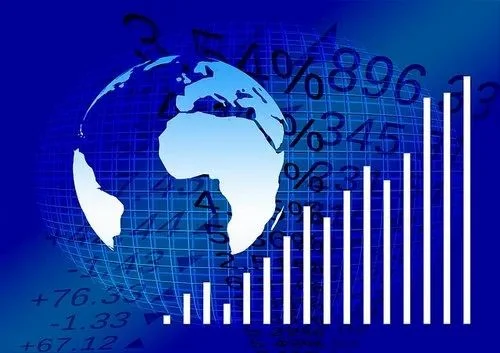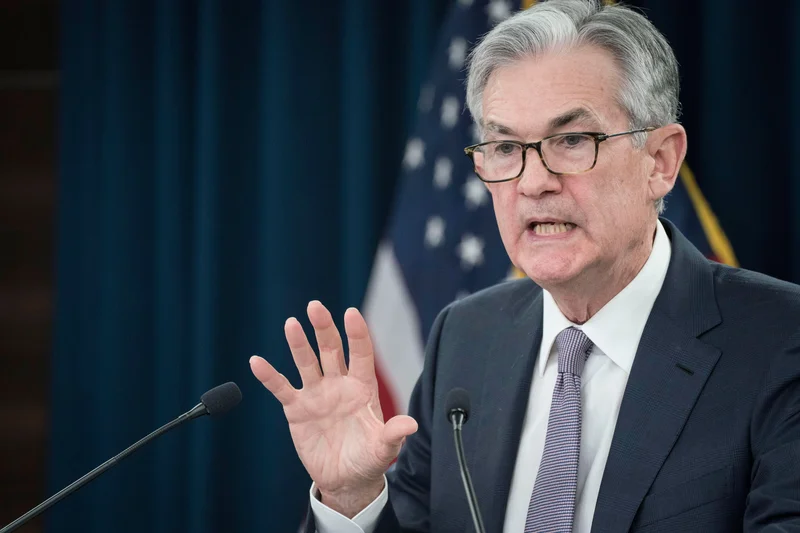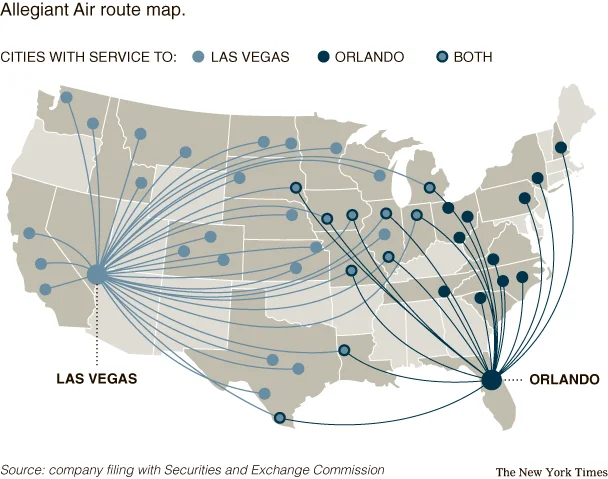Nvidia's $1 Billion Bet on Nokia: Why This Partnership Changes Everything
When the news broke, I’m sure you saw the same headlines I did, like Nvidia takes $1 billion stake in Nokia, sending the 5G equipment maker’s shares up 22%. On the surface, it feels like a category error, a strange throwback. The undisputed king of AI, the company that basically builds the engines for our digital future, investing a billion dollars in a legacy telecom giant? It’s like a Formula 1 team buying a railroad. It doesn't immediately compute.
Most of the financial chatter has been about market synergy, 5G patents, and diversifying assets. And yes, Nokia's stock shot up—a predictable, but ultimately boring, reaction. But to see this as just another corporate investment is to miss the forest for the trees. In fact, it’s to miss the entire ecosystem. When I first saw the alert, I honestly just sat back in my chair, speechless for a moment. Because this isn't about propping up an old tech name. This is one of the most audacious and clarifying moves I've seen in a decade.
What we are witnessing is the blueprint for the next stage of civilization being laid down in real-time. This isn't a stock play. This is a planetary infrastructure play.
To understand the sheer scale of this, you have to look at the context. Nvidia isn’t just a successful company anymore; it’s a $4 trillion force of nature with the kind of political capital we haven't seen in the tech world since the days of AT&T's monopoly. We just saw CEO Jensen Huang on stage at GTC, not just unveiling new chips, but openly aligning with the highest echelons of government, talking about "making America great again." As one outlet put it, it was a case of the Nvidia CEO turns tech conference into celebration of Trump. Forget the partisan noise for a second and just absorb the signal: this is a company operating with the speed and ambition of a nation-state, backed by a political machine that wants to build massive, world-changing things. This is a company that sees no barrier between its corporate mission and a national one. So when it makes a move, it’s not just thinking about the next quarter. It’s thinking about the next century.
The Merger of Silicon and Steel
What does Nokia have that a $4 trillion AI goliath needs? It’s not brand recognition or handset designs. It’s the grimy, unglamorous, absolutely essential stuff. They have the "steel"—the global network of cell towers, the fiber optic patents, the deep-sea cables, the physical hardware that connects continents, cities, and people. They have the institutional knowledge of building and maintaining the circulatory system of our digital world.
Nvidia, on the other hand, is pure "silicon." They build the brains, the neural networks, the processors that think, learn, and create. Until now, that intelligence has lived primarily in massive, centralized data centers—powerful, yes, but remote. You access AI through a screen, a portal to its world. But what happens when the brain is no longer confined to the skull? What happens when the intelligence is distributed throughout the entire nervous system?

That’s the big idea here. This investment is the first step in fusing Nvidia’s silicon brain with Nokia’s global steel nervous system. It’s about taking AI out of the cloud and embedding it into the very fabric of our physical reality. This is like the moment electricity stopped being a scientific curiosity in a lab and was wired directly into the walls of every home, powering everything from the lights to the radio. It became ambient, essential, and invisible. That's the future Nvidia is building.
Imagine a world where the 5G tower on your corner isn't just a dumb antenna relaying signals, but an intelligent node in a planetary network. It's an edge-computing device—or to put it more simply, it has a piece of the AI brain inside it—processing data locally at unbelievable speeds. What does this unlock? A city that can manage its traffic flow in real-time, second by second, not based on historical data, but on a live, thinking network. A global supply chain that can reroute ships and trucks instantly to avoid a storm or a port closure. Farmers with drones that don't just capture images, but analyze crop health on the fly and adjust irrigation in the same breath. This is the end of latency, the end of the gap between a question and an answer, between an event and a reaction.
Building the Global Nervous System
This move is breathtaking because it redefines the very nature of what we consider "technology." It’s no longer just the device in your pocket or the server in a data center. It’s the entire environment. It’s the roads, the power grid, the communication lines—all of it becoming one vast, interconnected, intelligent organism. The speed of this integration is just staggering—it means the gap between today’s science fiction and tomorrow’s reality is collapsing faster than we can even fully process.
Are there immense responsibilities that come with this? Absolutely. When you're building the operating system for society, you have a profound duty to ensure it is equitable, secure, and serves humanity first. The power to create a truly connected world is also the power to create new forms of division if we aren't careful. This isn't a conversation we can afford to have later; it's one we need to have right now, as the very first foundations are being laid. We, the users, the citizens, the thinkers, have to be part of that conversation.
But the sheer possibility is what gets me out of bed in the morning. This is the kind of breakthrough that reminds me why I got into this field in the first place. We're not just talking about faster downloads or better streaming. We're talking about a foundational shift in how our world works. How do you solve challenges like climate change, disease, or resource scarcity? You do it with better, faster, more widespread intelligence. You do it by building a world that can sense, think, and act as a coordinated whole.
This isn’t just about two companies. It’s a signal that the age of disembodied, cloud-based AI is ending. The age of ambient, physically integrated intelligence is beginning. Forget what you think you know about Nokia. And start imagining what a world with a nervous system could truly achieve.
This Is Where the Future Begins
Let's be perfectly clear. We just witnessed the architectural drawing for the next phase of human endeavor being unveiled. This isn't a merger; it's a metamorphosis. The fusion of global-scale AI with planetary-scale infrastructure is the single most important technological story of our lifetime. Everything that comes next—every smart city, every autonomous vehicle, every medical breakthrough—will be built on this foundation. The game hasn't just changed; we're playing in a whole new reality now.
Related Articles
Figma Stock: Executives Cash Out – A Red Flag?
Figma, the design platform darling, recently announced it crossed the $1 billion annual revenue run...
Investment Advisors: What to Know, Who to Trust, and How to Choose
When a company like Farther, a fast-growing fintech player, acquires a specialized team like Masso T...
The Fed's Big Rate Cut Promise: And the Mess It Made for Your Mortgage
So the Fed finally did it. They cut the interest rate. You can almost hear the champagne corks poppi...
Palantir Crosses the $1 Billion Revenue Mark: What Their Tech Means for Tomorrow
There are moments in technology, true inflection points, that feel less like a product launch and mo...
The VA Loan Myth: What Everyone Gets Wrong and Who to Actually Trust
Alright, let's cut the crap. Every year, the internet vomits up another "Best Of" list for everythin...
Allegiant Airlines Passenger Growth: What the 12.6% Surge Actually Means
More Passengers, Less Full Planes: Deconstructing Allegiant's Growth Paradox At first glance, news t...





